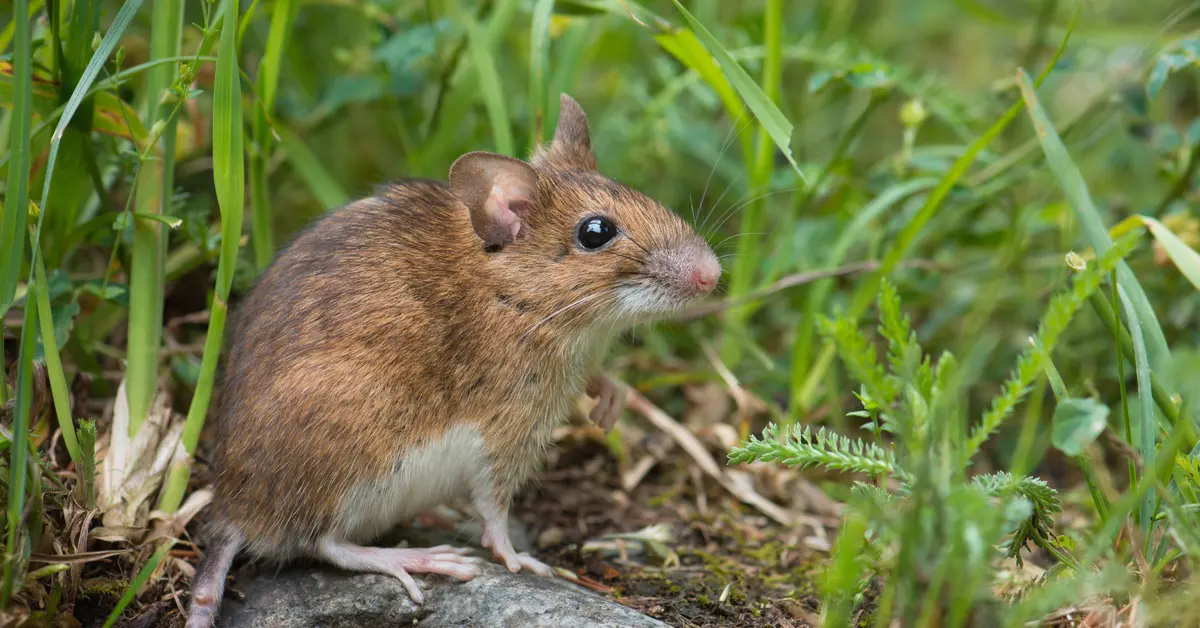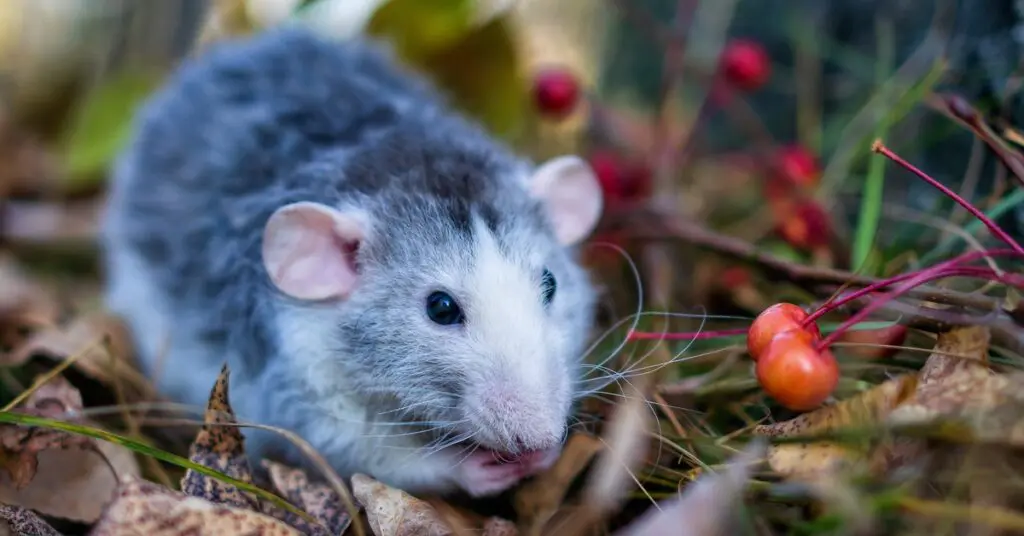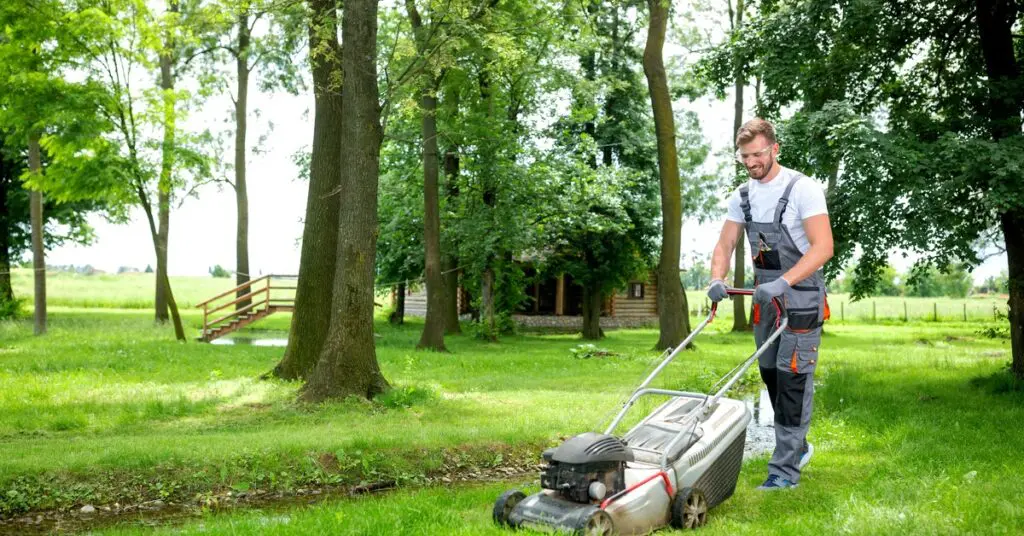
The Link Between Your Landscaping and Growing Pest Problems
Homeowners often blame indoor issues, such as improper food storage or wall gaps, when pests appear. However, their lawns can also attract these unwanted guests.
Fortunately, homeowners can safeguard their properties by understanding how their outdoor design decisions can set the stage for rodent invasions. Read on to learn about the link between your landscaping and growing pest problems.
Things That Attract Rodents
Even well-maintained yards can become havens for rodents if homeowners do not address certain factors. Spotting these issues early on allows you to take immediate action and protect your property.
High Grass
When homeowners allow their grass to grow too high, it conceals rodents and enables them to move undetected. Mice will often use it to avoid predators while foraging for food. Allowing your grass to grow out of control fosters an ideal runway along fences and foundations where rodents nest or gain entry into homes.
Neglected lawns quickly become weed-infested, and many weeds attract insects that rodents hunt. This creates a perfect food chain right in your yard that sustains growing rodent populations.
Fruit on the Ground

Planting fruit-bearing trees and shrubbery on your lawn can add charm and flavor to your outdoor spaces. However, allowing that fruit to lie on the ground after it falls makes your lawn an open buffet for rodents. Apples, pears, berries, and other sweet produce left on the ground invite mice, rats, and squirrels.
The strong aroma of rotting fruits acts like a dinner bell, drawing rodents from surrounding properties. As fruit decomposes, it creates perfectly sized, soft snacks that make feeding effortless for hungry pests.
Tall Trees and Bushes
If you allow your trees and bushes to become overgrown, they can also lead to rodent infestations. Overhanging branches lead these pests into your home, providing them access when they seek shelter.
The canopy formed by dense bushes allows rodents to move freely from shrubs to buildings without exposure to predators or harsh weather. Ground-dwelling rodents burrow beneath the dense foliage where predators struggle to reach them. Older bushes can drop leaves and branches on the ground, providing them with nesting material and cover.
Shady Spots
Landscaping designs that maximize shade create more than human comfort. Rodents often seek out these sheltered, dimly lit spaces to escape the hot sun and extreme temperatures.
Shady zones behind thick shrubs, under low-hanging limbs, or beside dense plant beds offer refuge from predators and harsh weather. Rodents also frequently choose shade for nesting and nightly foraging, particularly in areas where shade connects to food and water sources.
Tips for Removing Rodents
After learning the link between your landscaping and growing pest problems, you may be eager to learn how to correct these issues and drive rodents away from your lawn. Review these tips for keeping your lawn looking attractive while deterring unwelcome wildlife.
Cut Your Grass

Mowing your lawn is a simple way to prevent pests from finding a home on your property. Short grass limits their ability to move without being seen and exposes them to natural predators. Grass trimmed regularly discourages burrowing and foraging, as few hiding spots remain.
Keeping the lawn in this condition also helps spot rodent activity early, as signs like burrows become visible quickly. Consistent mowing is one of the simplest, most important actions a homeowner can take.
Space Out Your Plants
Another effective action is to space out the plants on your lawn. Tightly grouped plants perform double duty as nesting sites and places to hide.
By spacing out plants, you interrupt rodent movement and remove many of their favorite hiding places. When forced to cross open areas between plants, rodents become vulnerable to predators, making your property much less appealing to those unwanted guests.
Grow Plants Rodents Don’t Like
Not every plant will tempt rodents to enter your garden. Some repel pests through natural, strong aromas. Incorporating these plant varieties into your landscaping can add beauty while helping to protect your property.
Some examples include daffodils, lavender, marigolds, and mint. Interspersing these among shrubs or garden beds creates invisible boundaries. Some homeowners use these plants as perimeter borders for vegetable or flower gardens. Regular replanting and seasonal refreshes maintain their pest-repelling benefits.
Remove Lawn Debris
Rodent populations surge when debris accumulates on properties. Items such as wood and leaf piles can act as rodent hotels. Yard maintenance routines that prioritize debris removal deprive rodents of their favorite shelters.
In addition, quickly remove fruit that has dropped from your trees or bushes. Neglecting this task almost guarantees ongoing pest issues in the growing season.
Maintain Trees and Shrubbery
Regular pruning prevents trees and shrubs from becoming rodent highways into your home. Trim branches that approach your roof, walls, or windows to eliminate direct access routes to attics and wall cavities.
For bushes, regular trimming reduces density and makes it harder for rodents to move undetected. Thinning lower limbs and branches allows more sunlight to filter through, breaking up dark, cool retreats. This measure, paired with removing loose undergrowth, makes landscape features both attractive and inhospitable to pests.
Add Motion-Activated Devices
Many homeowners enjoy positive results with motion-activated deterrents. Motion-triggered lights near gardens, compost piles, and fence lines scare rodents away and strengthen existing pest management strategies. Some devices also produce ultrasonic frequencies that are disruptive to rodents.
Call an Exterminator
Despite diligent landscape management, rodent infestations sometimes require professional attention. Experienced pest control specialists can diagnose the extent of a rodent problem and apply advanced solutions tailored to the property.
They can also often offer assessments to help identify specific landscape features contributing to your ongoing problems. Collaborating with an exterminator creates a valuable partnership that ensures your long-term peace of mind.
Contact Legacy Rodent Control To Remove Your Pest Infestation!
You deserve a beautiful landscape without unwanted rodent tenants. By adjusting a few practices or seeking out the help of a professional, you can dramatically reduce your property’s appeal to rodents.
When you need the assistance of an exterminator to regain control of your lawn, make sure to contact Legacy Rodent Control. We offer rodent control services in Fort Worth that will help you remove these unwanted guests and allow you to enjoy the luxuries of your landscape once again.
